Modern mobility is more than just a drive concept. It is an intersection of technology, suitability for everyday use and social aspirations. At electronica 2024, it was possible to see how electronics in vehicles not only expand functions, but also open up entire new usage options. Three very different exhibits exemplify the direction in which mobility is developing - and what really counts.
A car that can be driven without hands or feet - what sounds like a dream of the future became reality at the Arrow stand. The SAM Car is aimed at people who are severely limited in their motor skills due to an accident, illness or disability. The vehicle is steered, accelerated and braked using head movements, voice commands and even breath control. This is made possible by a complex interplay of sensor technology, microcontroller control and redundant safety systems.
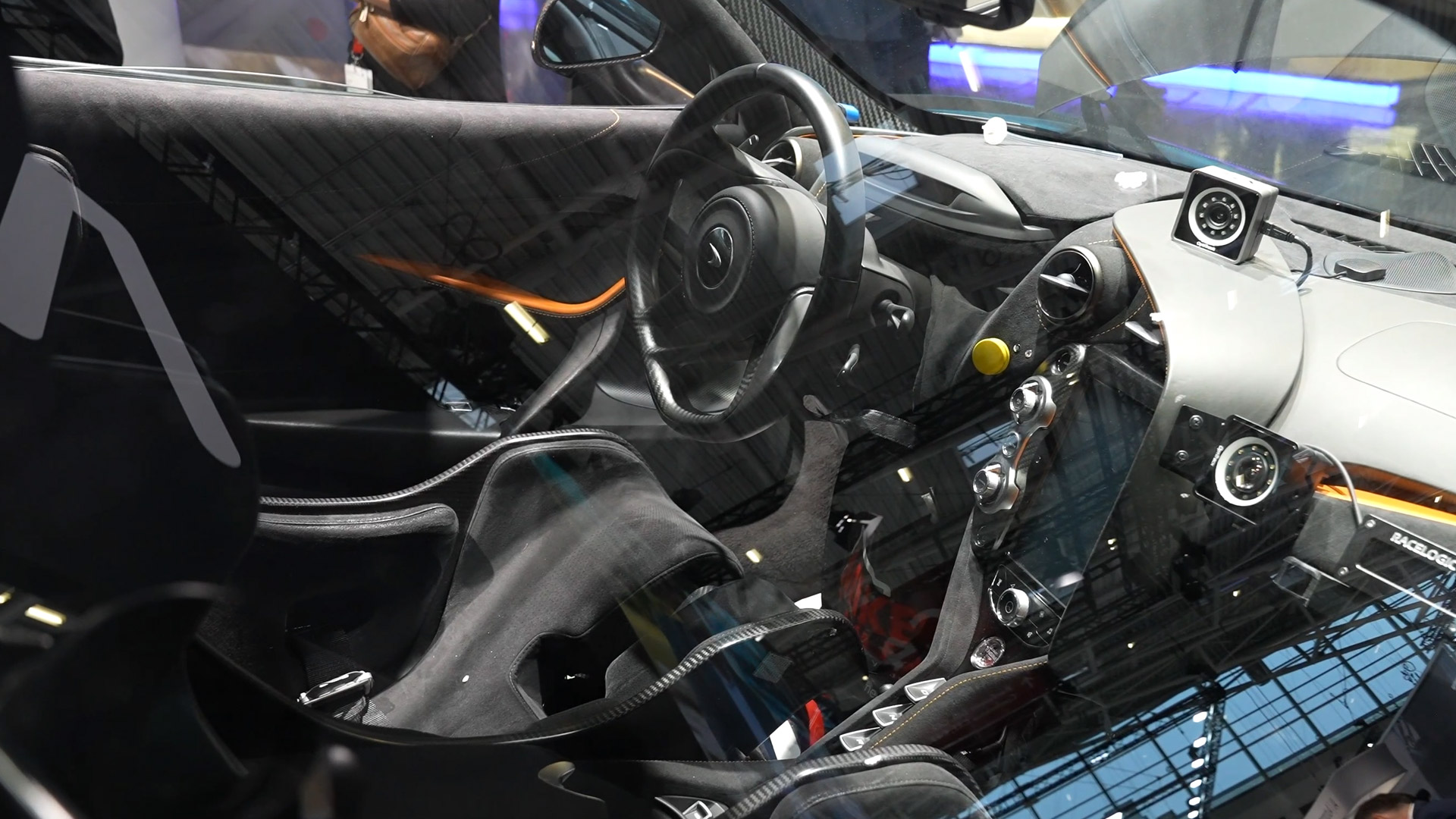
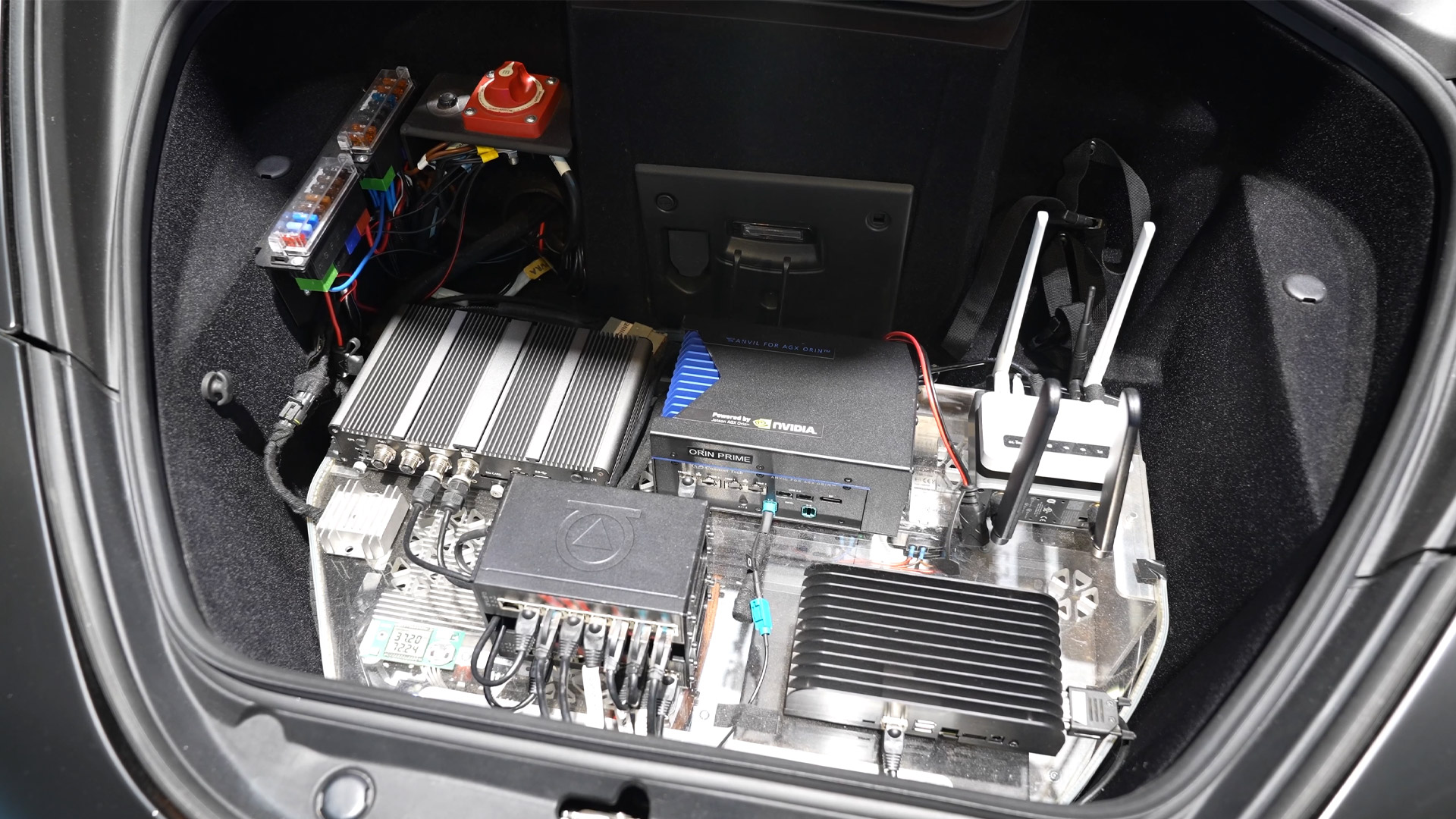
In technical terms, the system uses input devices that capture biometric signals and convert them into precise control impulses. It is not only the hardware that is crucial, but above all the software that processes all these signals in real time. Tests have shown how stable and reliable the whole thing works - even under less than ideal conditions. However, the significance of the SAM Car goes beyond the technical: it is an example of how electronics can also have a social impact - by making mobility possible again where it would otherwise be impossible.
MPS presented a completely different concept, but with similar aspirations. The company showcased an autonomous driving system that is significantly more compact than many well-known solutions - and yet integrates all the essential components: Multi-sensor technology, control computer, actuators, safety monitoring. The special technical feature lies in the modular design. Depending on the intended use, modules can be added or omitted - from simple lane guidance to fully autonomous navigation in urban areas.

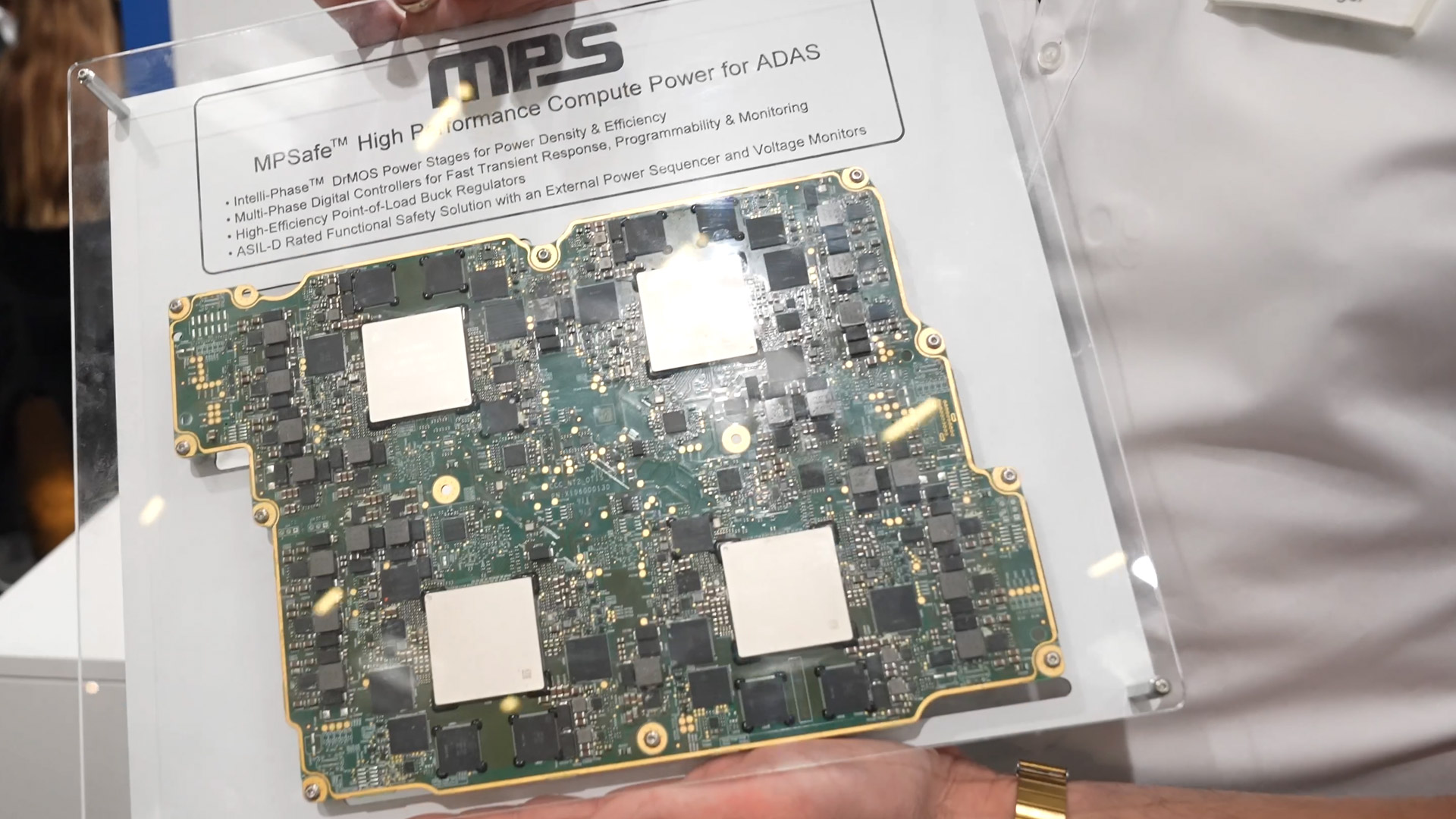
The trade fair presentation went beyond a mere demo. MPS showed concrete application examples and spoke about regulatory aspects, for example with regard to functional safety in accordance with ISO 26262. It became clear: This is not just another development project, but a production-ready system that can be integrated into existing vehicle platforms. Particularly exciting: the combination of edge computing and central sensor fusion, with which the system can also react to unexpected events in real time - a must for real-life use.
Epson, on the other hand, took up a topic that may seem less spectacular, but is all the more relevant in everyday life: the display of information while driving. The head-up display presented projects driving information directly into the field of vision - without obscuring the view of the road. Technically, the system is based on a high-resolution micro-projection with sophisticated brightness and contrast adjustment.
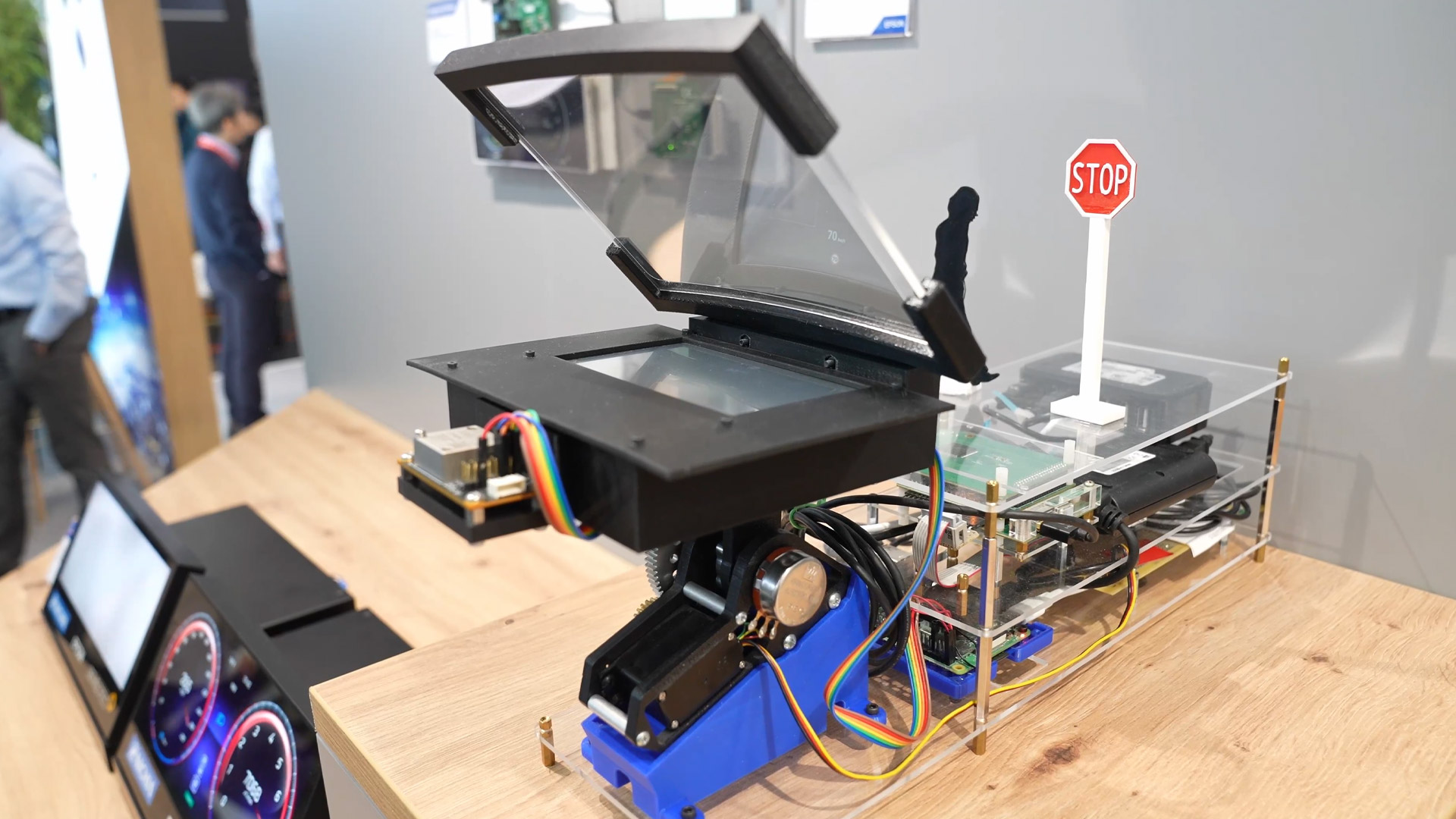
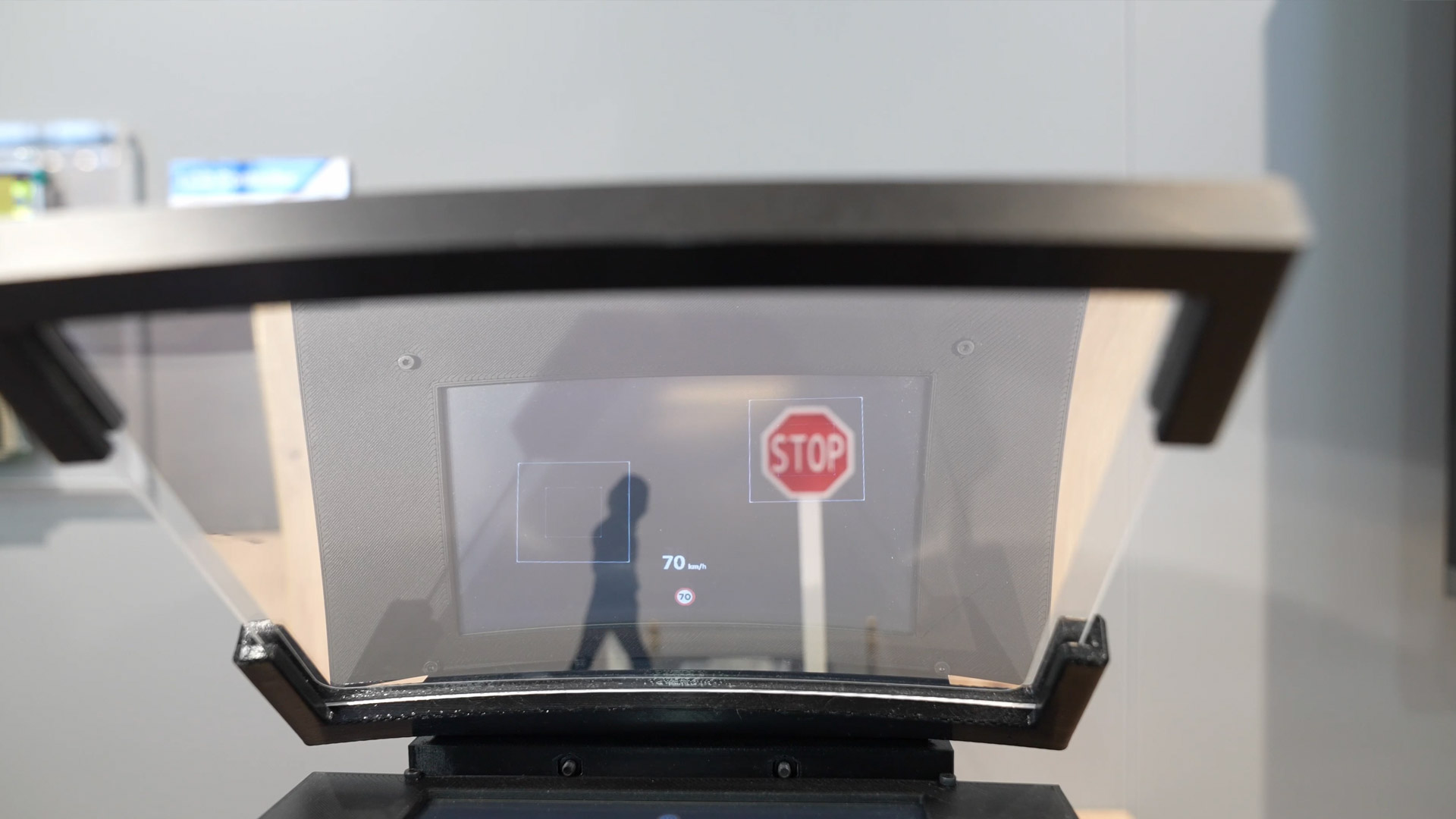
What sets this display apart from previous solutions is the dynamic control of the display: depending on the traffic situation, only the information that is relevant at the time appears. In heavy traffic, for example, turning instructions or distance warnings are displayed more prominently, while the display remains reduced when the road is clear. This not only saves attention - it creates a system that adapts to driving behavior, not the other way around.
What these three systems have in common is the attempt to make technology more accessible. Whether through alternative control concepts, automated driving systems or intuitive interfaces - it is clear everywhere that mobility is no longer just a technical discipline. It is negotiated at the interface between man, machine and responsibility. And this is precisely where electronics play a key role: as an enabler, as a mediator, as a safety guarantor.
The developments at electronica 2024 show where the journey is heading: towards assistance systems that offer more than just convenience. Towards vehicles that operate independently, but not in isolation. And towards concepts that focus on people rather than technology. It remains to be seen whether and how these solutions will establish themselves on the wider market - but one thing is clear: the technology is ready. Now the structures, rules and expectations need to be too.